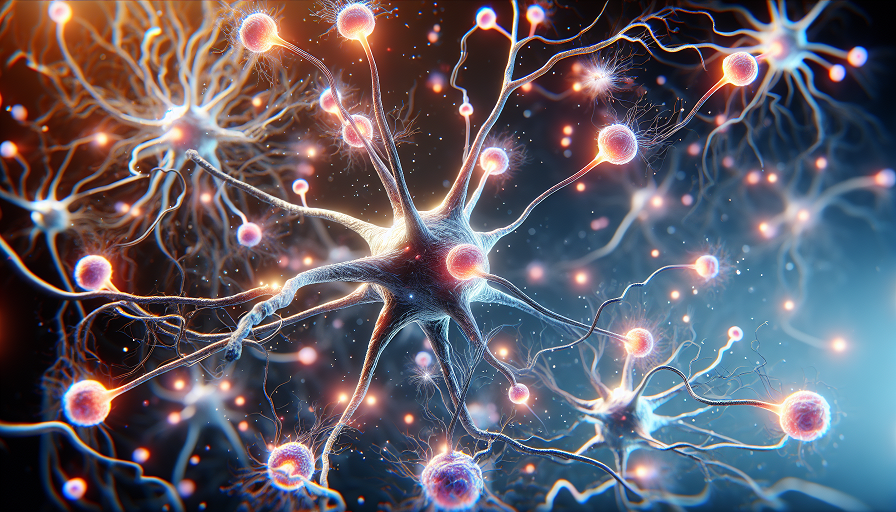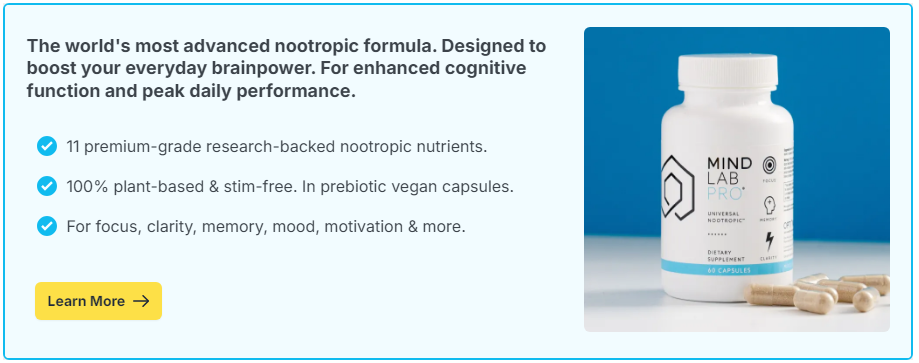
In our fast-paced, always-on world, there’s little room for moments when we just let our minds wander. We drift from task to task, bathed in the glow of our digital devices, leaving little room for one of our brain’s most creative processes: daydreaming. It’s easy to take for granted, but letting our thoughts roam without restraint is crucial for creativity and problem-solving. Here we look at how the decline of daydreaming impacts our ability to think innovatively and what we can do to revive this important mental activity.
Contents
What is Daydreaming and Why Does It Matter?
Daydreaming occurs when we allow our minds to wander freely without a specific focus or purpose. It’s during these times of mind wandering that our brain often makes surprising connections and uncovers new insights. While it might seem unproductive on the surface, daydreaming is actually a valuable tool for creativity and innovation. It provides the mental space necessary to connect the dots between different ideas.
For many artists, writers, and inventors, daydreaming is a vital part of their creative process. This state of relaxed thinking can help generate new ideas, solve complex problems, and enhance our ability to empathize. It’s when we give our brains a break from structured tasks that they begin weaving together fragments of information into unique patterns and solutions. In this way, daydreaming fuels the spark of innovation.
The Age of Constant Stimulation
We live in a world that bombards us with information around the clock. From the moment we wake up to the moment we fall asleep, our smartphones, computers, and televisions compete for our attention. Social media notifications, emails, and news alerts can make it difficult to focus on anything else. This constant stream of input creates a dependency that leaves little room for silent reflection and imagination.
Consequently, the habit of reaching for a device to fill every spare moment interrupts our capacity to daydream. Instead of allowing our minds to wander, we often turn to our screens for a quick fix of entertainment or distraction. This shift revolutionizes how we engage with the world, stifling those spontaneous moments of creativity that occur during periods of downtime.
Why Reduced Daydreaming Hurts Creativity
With reduced opportunities to daydream, our creativity suffers. Daydreaming is akin to a mental workout that exercises our brain’s ability to make abstract connections and consider new possibilities. Depriving ourselves of these moments is like skimping on an essential part of our mental diet.
Studies suggest that engaging in daydreaming can lead to increased problem-solving abilities and creative thought. When we daydream, we allow our unconscious mind to process information in novel ways. This form of ‘unfocused focus’ can blur the lines between different concepts, leading to innovative breakthroughs. Without these cognitive wanderings, the fertile ground for creative thinking is diminished.
Practical Steps to Foster More Daydreaming
Recovering our daydreaming habits requires intentional effort. Here are a few simple ways to reintroduce this critical form of mental exercise into your daily routine:
- Unplug Regularly: Set aside times of the day to be unplugged from your devices. Try starting with 10 to 15 minutes and gradually increase as you become more comfortable.
- Enjoy Quiet Time: Dedicate moments in your day for quiet reflection. Activities like taking a walk or meditating can foster an environment conducive to daydreaming.
- Limit Multitasking: Focus on one task at a time to alleviate brain fog and create space for moments when your mind can wander.
- Encourage Boredom: Allowing yourself to feel bored can be a gateway to creativity. Resist the urge to fill every spare moment with an activity.
Supplements and Brain Health
In addition to these lifestyle changes, some people turn to nootropics or brain supplements aiming to boost cognitive function and creativity. These supplements claim to help improve focus, memory, and overall brain performance. While some find them beneficial, it’s crucial to ensure you’re making informed choices and discussing any supplements with a healthcare provider before beginning a new regimen.
The Future of Creativity in a Stimulated World
As we move forward in an ever-connected world, finding creative ways to unplug and nurture daydreaming is essential for innovation. The modern pace of life may seem hostile to downtime, but it’s vital to carve out spaces where ideas can flourish without the constant pressure of productivity and achievement.
Creating these spaces involves a cultural shift as much as an individual effort. By valuing periods of quiet reflection and promoting activities that allow for mental rest, we encourage a society that treasures creativity and innovation. While the allure of our devices is strong, reclaiming the art of daydreaming can lead to profound benefits for individuals and communities as a whole.
The Neuroscience of Daydreaming
Understanding the neuroscience behind daydreaming provides insightful perspectives on its importance. Research indicates that the brain’s default mode network (DMN) – a system of interconnected brain regions – is active during daydreaming and rest. This network plays a vital role in processing self-referential thoughts, planning future scenarios, and creating simulations of various situations.
By engaging the DMN through daydreaming, our brains consolidate past experiences with new input, facilitating improved decision-making and creative thought. Neurologically, daydreaming is a dynamic process that activates multiple brain regions, making it far from merely a passive state. This underlines the importance of maintaining a balance between focused attention and daydreaming to harness the full potential of our cognitive abilities.
The Power of Collective Creativity
While individual daydreaming is crucial, fostering collective creativity within communities and workspaces plays an equally significant role in driving innovation. Shared moments of reflection and brainstorming in group settings can produce a synergy where ideas are enhanced through collaboration. In these environments, daydreaming becomes a shared activity, allowing multiple perspectives to interweave, thereby enriching the creative process.
Organizations that prioritize creativity often engage their teams in activities that promote mental wandering, such as workshops or retreats that encourage outside-the-box thinking. These creative sessions provide the necessary space for daydreaming, which, in turn, can lead to groundbreaking solutions and strategies.
A Call to Action
While the digital age offers an unprecedented array of conveniences and advantages, it’s essential not to lose sight of the fundamental human experience of letting the mind wander. By intentionally integrating moments of daydreaming into our daily routines, embracing collective creativity in our communities and workplaces, and recognizing the educational and neuroscience-backed benefits of daydreaming, we can counteract the creativity-stifling effects of constant stimulation.
It’s time to embrace the power of daydreams, as they hold the keys to unlocking innovation and creativity. Whether through individual reflection, collaborative innovation, or educational restructuring, we must prioritize this timeless mental exercise to continue advancing our collective ingenuity.

